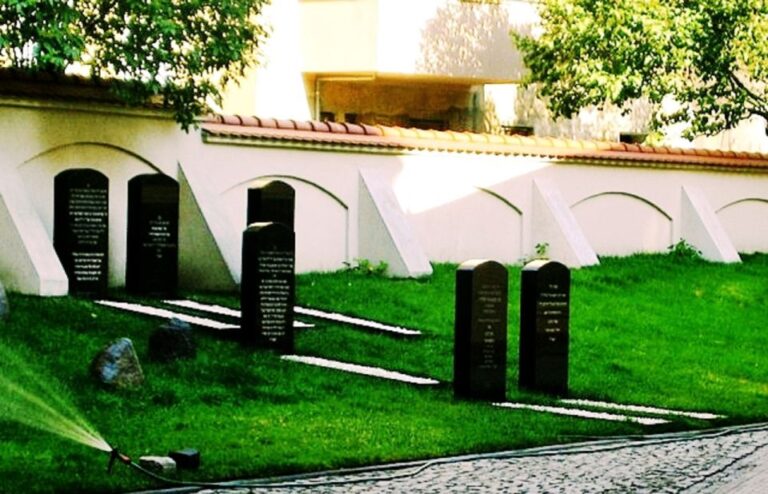Berlin’s Old National Gallery stands as a testament to the city’s rich artistic heritage. Nestled within the UNESCO World Heritage Site of Museum Island, this 19th-century institution houses an impressive collection that spans influential art movements, from Caspar David Friedrich‘s iconic ‘Monk by the Sea’ to the French Impressionist masterpieces. With a substantial donation from banker Joachim Wagener, the gallery’s diverse holdings showcase the prestigious Düsseldorf school and Belgian history paintings. As visitors step through the grand neoclassical doors, they’ll discover a treasure trove of cultural treasures that offer a captivating glimpse into Germany’s artistic past. But the true allure of the Old National Gallery lies in what awaits beyond the entrance.
Key Points
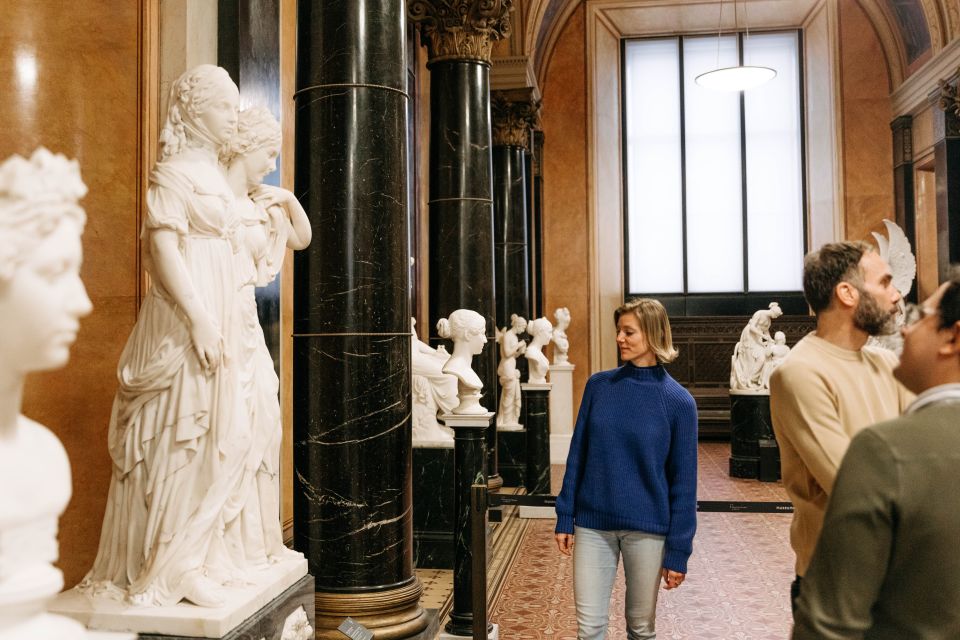
- The Old National Gallery is part of Berlin’s UNESCO World Heritage Site Museum Island, housing an impressive 19th century art collection.
- Tickets for the Old National Gallery cost $17.30 per person and should be purchased in advance to ensure entry.
- The museum’s collection spans a range of artistic movements, including Classicism, Romanticism, Impressionism, and early Modernism.
- Key highlights of the collection include works by Caspar David Friedrich, Adolph Menzel, and French Impressionist painters.
- Visitors are advised to allow 15 minutes for the entry process, and the museum is wheelchair accessible.
Overview of the Museum
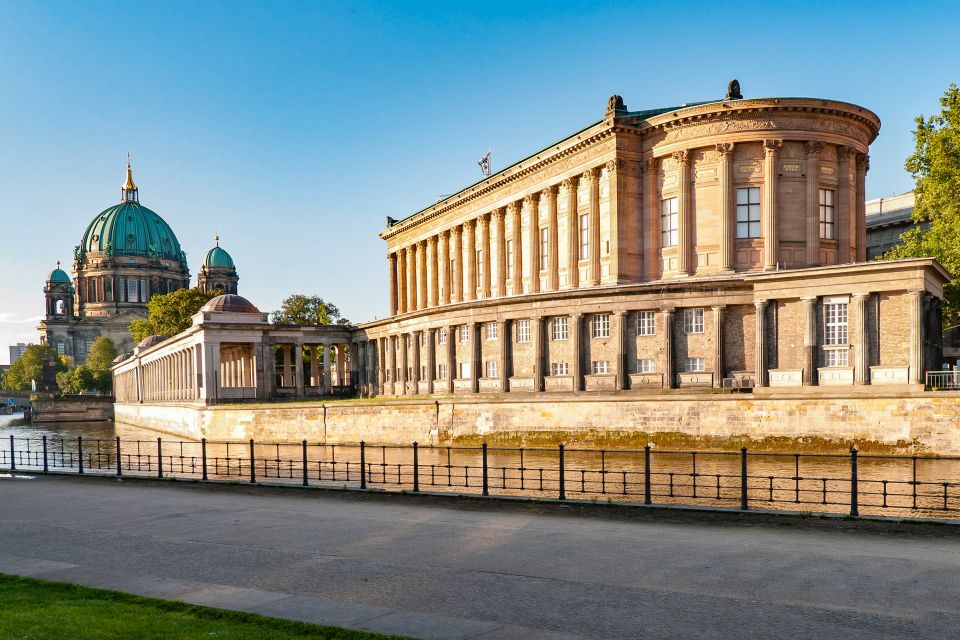
The Old National Gallery, part of the UNESCO World Heritage Site Museum Island, houses an impressive collection of 19th century works from Berlin’s renowned National Gallery.
The museum covers a broad range of artistic movements, including Classicism, Romanticism, Biedermeier, Impressionism, and early Modernity.
Key highlights include Caspar David Friedrich‘s captivating ‘The Monk by the Sea’ and Adolph Menzel’s gritty ‘The Iron Rolling Mill.’
Visitors can also admire the Shadows marble tomb from 1790 and works by French Impressionist masters like Manet, Monet, and Renoir.
The museum’s collection was largely based on a donation from banker Joachim Heinrich Wilhelm Wagener, featuring paintings from the Düsseldorf school and Belgian history painters.
Key Highlights of the Collection
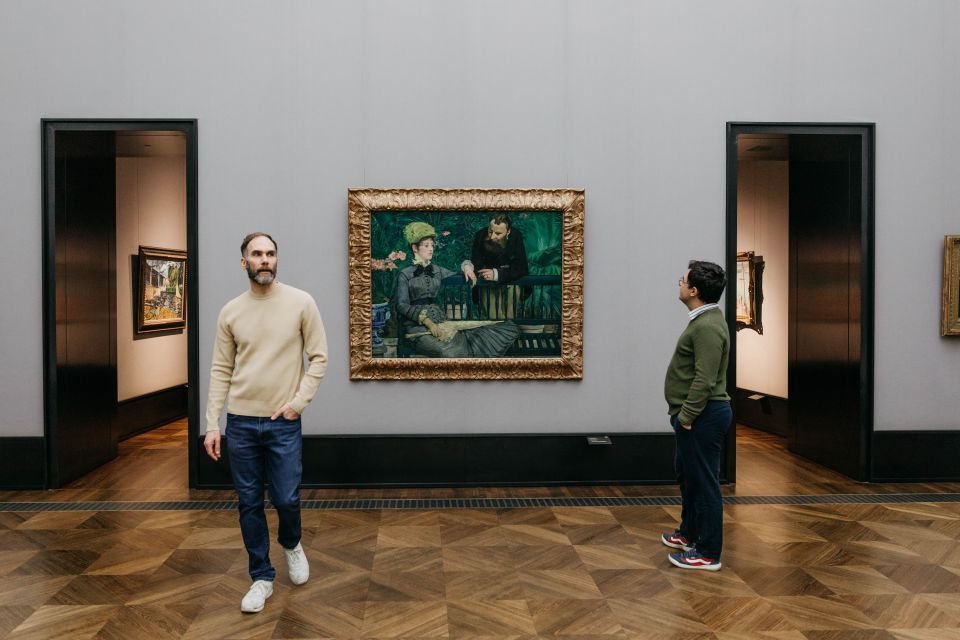
Among the Old National Gallery’s key highlights are Caspar David Friedrich‘s captivating ‘The Monk by the Sea,’ which exemplifies the artist’s Romantic style, and Adolph Menzel’s gritty ‘The Iron Rolling Mill,’ a vivid depiction of industrial labor.
The museum houses the marble tomb of Count Alexander von der Mark, a striking example of Neoclassical sculpture.
Visitors can also admire the impressive works of French Impressionists like Manet, Monet, and Renoir, which showcase the movement’s bold use of color and light.
The museum’s collection spans Classicism, Romanticism, Biedermeier, Impressionism, and early Modernism, offering a rundown of 19th-century German and European art.
The Wagener Art Collection
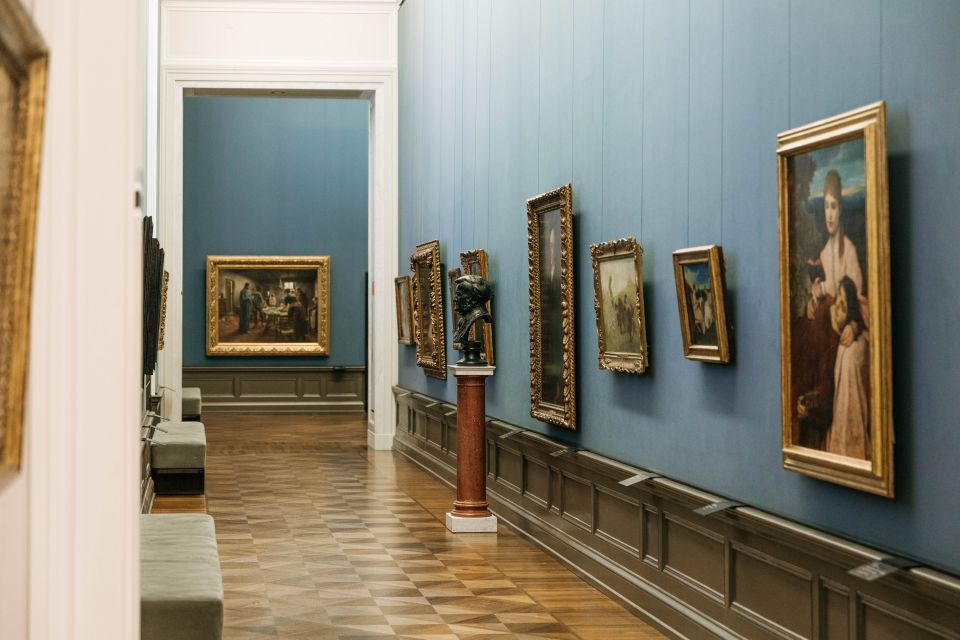
Stemming from a substantial donation by banker Joachim Heinrich Wilhelm Wagener, the Old National Gallery‘s collection showcases the prestigious Düsseldorf school of painting and works by acclaimed Belgian history painters.
Wagener’s generous gift contributed a significant portion of the gallery’s 19th-century artworks, ranging from Classicism to early Modernism.
The collection includes masterpieces by the Düsseldorf school, known for its detailed, realistic style, as well as captivating historical scenes by Belgian artists.
These diverse works complement the museum’s other renowned holdings, providing visitors with a rundown of 19th-century European artistic developments.
The Wagener collection’s inclusion has been integral to shaping the Old National Gallery’s status as a premier destination for appreciating the era’s artistic triumphs.
History of the Old National Gallery

Opened in 1876, the Old National Gallery stands as the third museum on Berlin’s Spree Island, serving as the Alte Nationalgalerie of the 19th century after the city’s division by the Berlin Wall.
The museum’s collection is based on a donation from banker Joachim Heinrich Wilhelm Wagener, featuring works from the Düsseldorf school of painting and Belgian history painters.
Over the years, the gallery has expanded to showcase key highlights such as Caspar David Friedrich‘s ‘The Monk by the Sea’ and Adolph Menzel’s ‘The Iron Rolling Mill,’ as well as works by French Impressionists like Manet, Monet, and Renoir.
Today, the Old National Gallery remains an integral part of Berlin’s UNESCO World Heritage Site Museum Island.
Visitor Information and Logistics
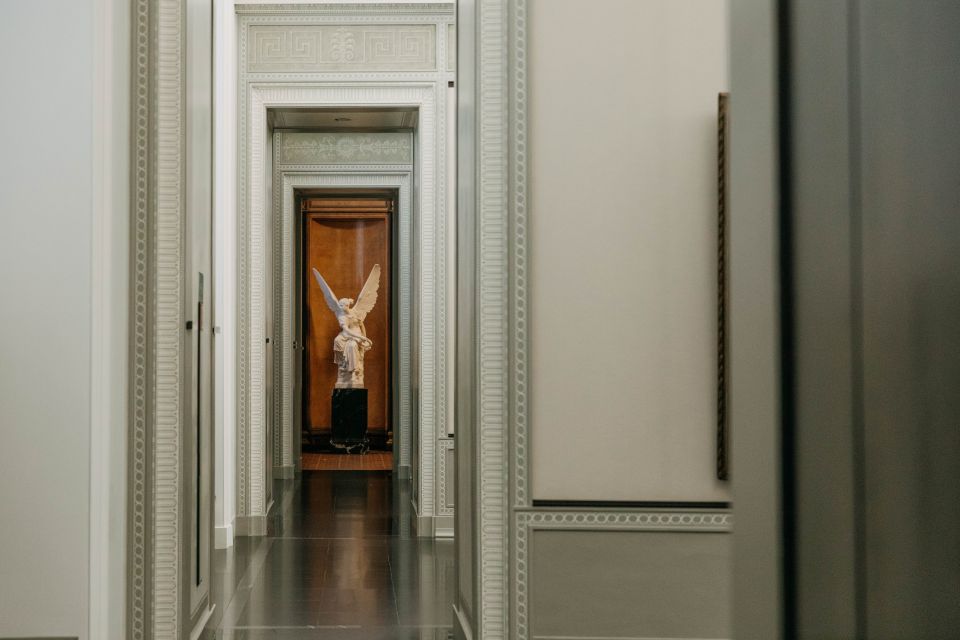
For visitors, the Old National Gallery is likely to sell out, costing $17.30 per person and taking 15 minutes from first activation to enter.
The museum is wheelchair accessible, though its cancellation policy is non-refundable. Those planning a visit should purchase tickets in advance to ensure entry, as the gallery’s collection of 19th-century masterpieces by artists like Caspar David Friedrich, Adolph Menzel, and the French Impressionists is highly sought after.
With its prime location on Berlin’s Museum Island, the Old National Gallery offers a glimpse into the city’s rich artistic heritage, making it a must-see destination for art enthusiasts. Visitors are advised to plan their trip carefully to make the most of their experience.
Classicism, Romanticism, and Impressionism
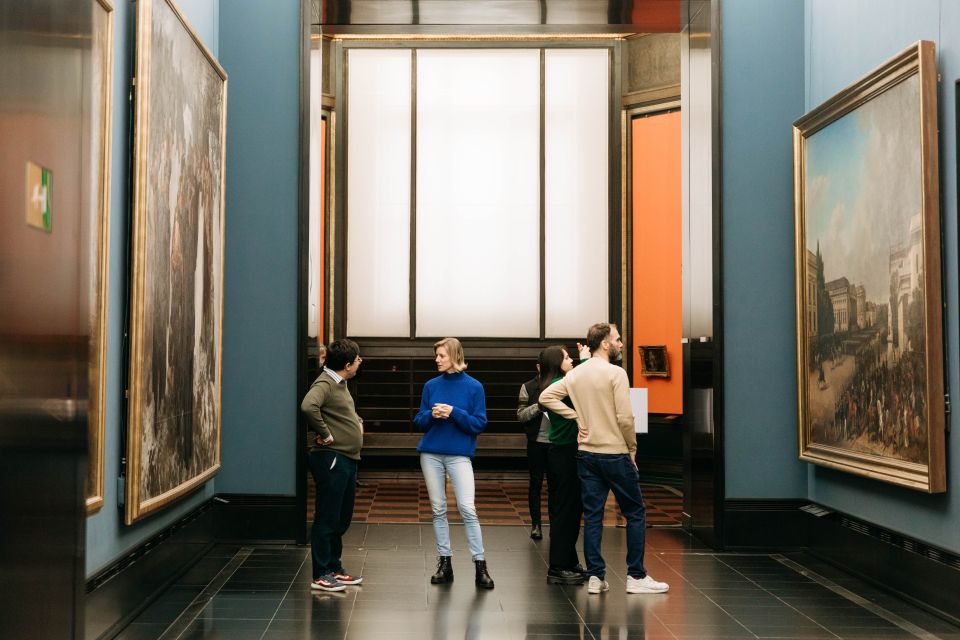
The Old National Gallery boasts an impressive collection spanning Classicism, Romanticism, and Impressionism – artistic movements that left an indelible mark on 19th-century European art.
Visitors can admire Caspar David Friedrich’s iconic work ‘The Monk by the Sea,’ which embodies the Romantic fascination with nature and the sublime.
Adolph Menzel’s ‘The Iron Rolling Mill’ captures the gritty industrialization of the era, while the museum’s Impressionist works by Manet, Monet, and Renoir showcase the movement’s focus on light and color.
From the intricate neoclassical sculpture to the bold brushstrokes of the Impressionists, the Old National Gallery offers a rundown of the artistic evolution that defined the 19th century.
Architectural Significance of the Building
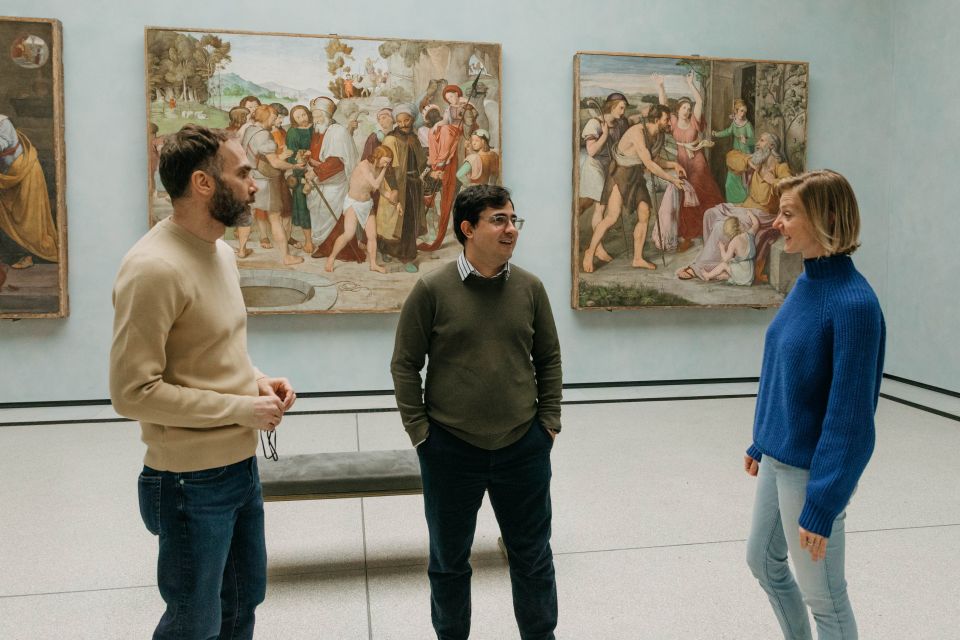
Beyond showcasing its renowned art collection, the Old National Gallery‘s striking architectural design is an integral part of its allure.
The museum’s neo-Renaissance façade, adorned with ornate columns and sculptures, commands attention and sets the stage for the cultural treasures within.
Designed by architect Friedrich August Stüler in the mid-19th century, the building’s grand proportions and symmetrical layout evoke a sense of timeless elegance.
The central dome and colonnaded portico lend an air of grandeur, while the careful integration of natural light creates a warm, inviting atmosphere.
The Old National Gallery’s architectural prowess seamlessly complements its prestigious status as a repository of German artistic heritage, offering visitors a truly immersive cultural experience.
Exploring the World Heritage Site
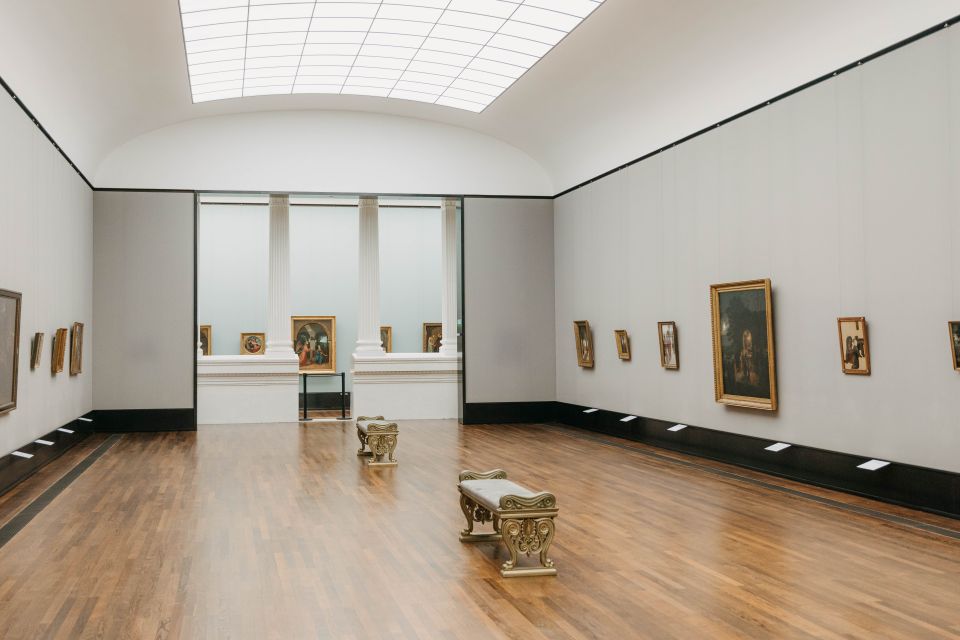
Nestled within the iconic UNESCO World Heritage Site of Museum Island, the Old National Gallery beckons visitors to embark on a captivating journey through the evolution of German art.
This treasure trove of 19th-century masterpieces showcases the rich artistic traditions that flourished during the Classicism, Romanticism, Biedermeier, Impressionism, and early Modernist eras.
Some key highlights include:
Caspar David Friedrich’s mesmerizing work, ‘The Monk by the Sea’.
Adolph Menzel’s industrial masterpiece, ‘The Iron Rolling Mill’.
The Shadows marble tomb for Count Alexander von der Mark.
Stunning Impressionist paintings by Manet, Monet, and Renoir.
Enjoy this cultural gem, where the past and present converge in a breathtaking display of German artistic brilliance.
Frequently Asked Questions
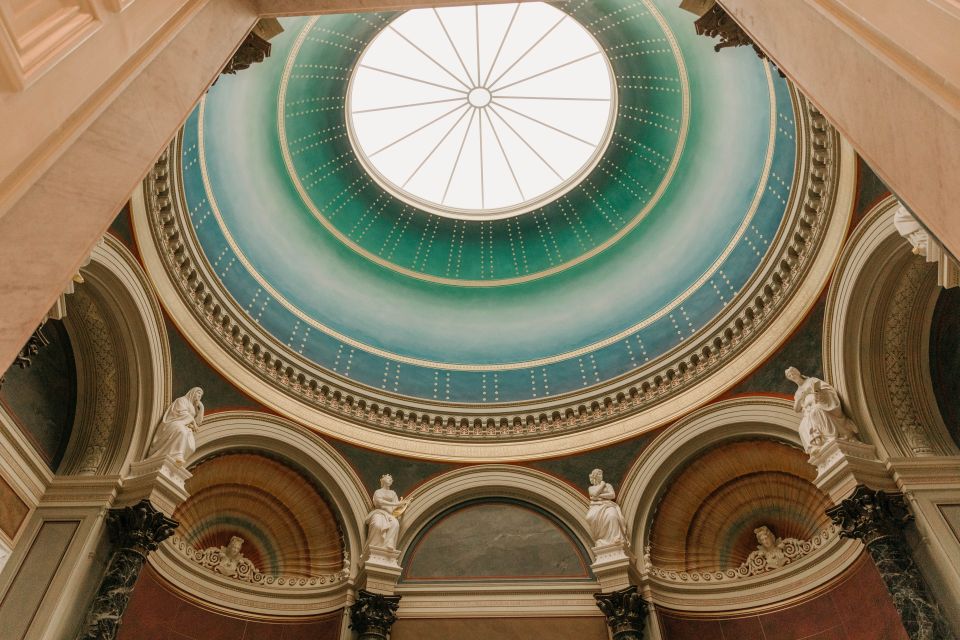
Can I Take Photos Inside the Museum?
Visitors can take photos inside the museum, though they may be restricted in certain areas. It’s best to check with staff upon arrival for the museum’s photography policy to ensure an enjoyable and respectful visit.
Are Audio Guides Available for the Exhibits?
Yes, audio guides are available to enhance visitors’ experience at the Old National Gallery. These guides provide detailed information about the museum’s renowned collection of 19th-century artworks, allowing guests to explore the exhibits at their own pace.
What Is the Dress Code for Visiting the Museum?
The Old National Gallery has a relaxed, casual dress code. Visitors can wear comfortable, weather-appropriate clothing, as there’s no strict dress code enforced. The focus is on exploring the museum’s impressive art collection in a comfortable setting.
Are There Any Café or Dining Options On-Site?
Yes, the Old National Gallery has a café onsite, offering visitors a chance to rest and refuel during their museum visit. The café serves light snacks and beverages in a relaxing setting.
Is It Possible to Arrange a Private Tour of the Gallery?
Yes, private tours of the Old National Gallery can be arranged. Visitors can book guided tours with a museum docent to explore the gallery’s impressive collection of 19th-century art at their own pace.
Recap
The Old National Gallery is a must-visit destination for art enthusiasts. Its impressive collection showcases the evolution of 19th-century artistic movements, from Caspar David Friedrich‘s captivating Romanticism to the Impressionist masterpieces.
The Wagener donation adds depth and prestige to the museum’s offerings.
Visitors should plan ahead to secure their entry, as the gallery’s popularity often results in sold-out tickets.
Exploring this UNESCO World Heritage site promises a truly enriching cultural experience.

